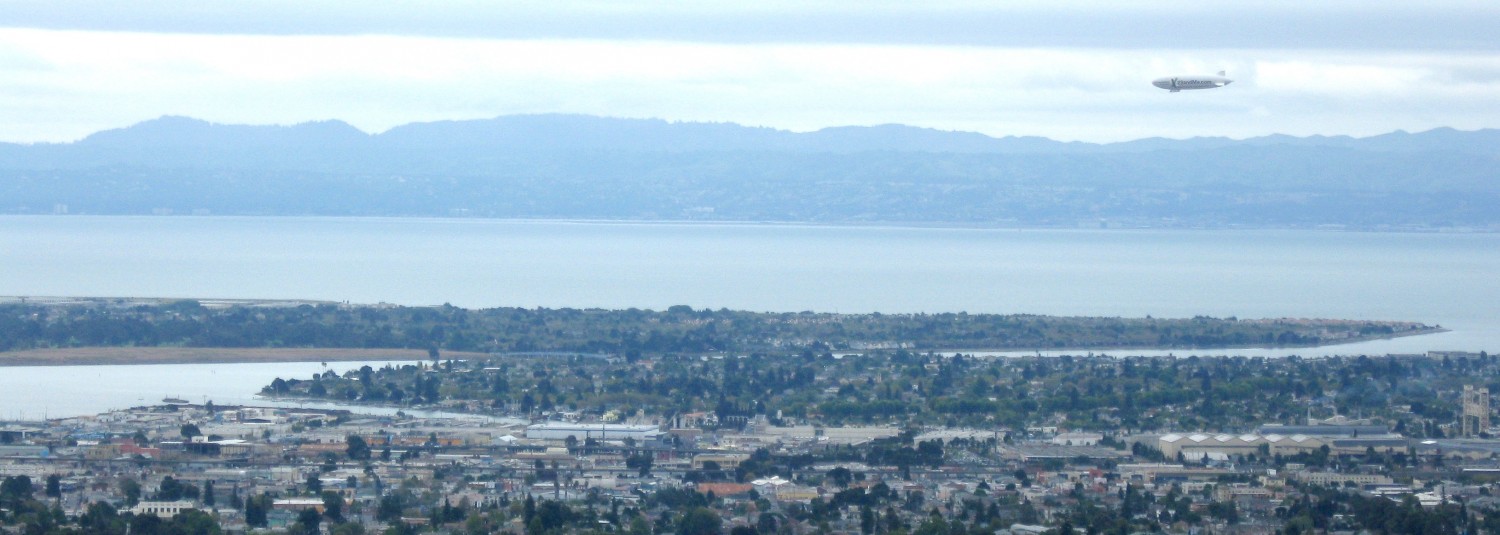San Francisco Ballet Program B
Sunday, January 29, 2023 2 pm
Opera House, San Francisco
“New Ballets:” some dimensions not yet presented!
Program B, for which, alas, this reviewer had to miss opening night, was repeated on Sunday, January 29 as a matinee. Of the three works on the program, two were distinguished by innovative choreographic dimensions and some technical surprises.
Choreographers Bridget Breiner and Yuka Oishi contributed the most interesting works: that by Val Caniparoli, a veteran SFBallet member and choreographer, was pleasant, charming and alas, used much the same dance vocabulary and choreographic organization that the audience has seen, liked and applauded.
Breiner’s ballet “The Queen’s Daughter” takes off on the Salome legend, focussing on Salome’s relationship to her mother, childhood jealousy and her ultimate act of heroism, at least as recognized by Herod’s court. (The actual Bible story can be found in the New Testament and online in “WomenInTheBible.net”.) For this performance, Jasmine Jamson danced the daughter, seeking attention from Herodias (Elizabeth Powell) and from her father Herod (Miles Thatcher). The “Prophet” was danced by Max Cauthorn. All used gesture, movement and mime effectively: Cauthorn was outstanding with his ability to remain dramatically effective with strong, simple gesture.
The score for “The Queen’s Daughter” was the violin concerto of Benjamin Britten.
“Bolero” by Maurice Ravel is noted as an “iconic” piece. It is well known and often heard. For the ballet, the choreographer Yuka Oshi has created new visual and kinetic dimensions to what is often considered a ‘trite’ repetitious tango variation. Her work is dominated by six dancers, (for this performance) Wona Park, Julia Rowe, Gabriela Gonzalez with John-Paul Simoens, Cavan Conley, and Joshua Jack Price and ten others in a ‘corps’. (Some of these principle dancers are members of the corps de ballet and not listed as soloists!). The movement is innovative in the use of hand gestures, group activity, spacing and unusual relationships in “pas de deux”. There is a remarkable development in the choreographic development. Oshi says, “I wanted to go from the most micro to the opposite scale…which meant movement to suggest cell division and floating astra bodies.”
For some audience members the fantastic projections on the screen behind the dancers, which moved and changed as much as they did, was disconcerting. This reviewer found it exciting to observe as the projections resonated with the dance.
Program B opened with eight dancers speaking to the audience in “Emergence,” a ballet by veteran dancer and choreographer Val Canipoli to “Concerto for Cello and Strings” by Dobrinka Tabakova. The dancers briefly said they were ‘emerging’ from the pandemic limitations’ and were now free to dance. “Emergence” was a delightful opening number but it did not expand the dancers’ vocabulary. The eight performers were: Jihyuan Choi (apprentice), Isabella Devivo, Jasmine Jamison, Norika Matsuyama, Ruben Citrus Nieto, Lucas Erni, Andris Kundzins, and Lonnie Weeks. Clearly this work gave some of the younger, less seen dancers an opportunity to shine.
Conductor Matthew Rowe served the orchestra with its usual accomplishment. Martin West, the ballet’s excellent music director lead the group in the music for “The Queen’s Daughter”. Cordula Marks was the violin soloists.
The “Gala” events are concluded at this time, Most of the choreographers were selected by Helgi Tomasson before he left as SFB director. The Ballet’s continues with selections well known to its audience for the rest of the season. We anticipate great performances and good memories of the “Next 90 festival” of 2023.
